If I close my eyes, I can see Truman curled up sleeping on his bed atop the bookshelf in my study. I see him breathing, totally relaxed, undisturbed by events that often trouble us. You know how cats like high places, but maybe he likes being next to the cat plush toy or the old hand-colored illustration of a wild cat behind him. Sometimes while I work, he sleeps on his pillow on my desk. Just as all cats do, he has many comfortable places around my house. Those places are still there, but no matter how many times I look, they are empty. Having shared his time and space for 23 years, after nine months without him, I remain filled with a painful emptiness.
After completing some deskwork in the evening, I often recline in my desk chair to read. With my feet on a footrest, Truman stretches across my shoulders purring gently, subtlety, naturally. I am sure you are well-acquainted with the feeling I have. Without fail, I am overcome with a deep sense of relaxation. I take a deep breath and melt into my chair. Anyone who holds cats dearly has the day’s stress rinsed out. The word sublime comes to mind.
You might know that a cat’s purr is a multitude of frequencies; a spectrum of vibrations that has evolved and been perfected since the ancestors of cats first appeared 37 million years ago. Had a cat’s purr been of no use, it would not have persisted. The fact that the purr still exists, not just in cats but in other species as well, is enough evidence to show it is of great value just like the other five senses. As all cat-lovers know, the purr relaxes muscles, not just in themselves and other cats, but in humans as well. Moreover, some of those vibrations promote bone healing by stimulating bone molecules. Cats can sense bone and most likely other injuries as well by their associated vibrations. This explains why my friend’s cat sat and purred on his broken collarbone. I suspect the purr works for all vertebrate animals similarly.
Cats thus have a sixth sense. A cat’s ability to sense subtle vibrations that we cannot hear, or feel is the additional sense we lack. The legend that cats have nine lives is well-founded. I wish Truman had one more.
Little did I realize that the blind cat I had as a kid had a profound impact on my career. I was amazed she could navigate with ease a complex landscape of trees and bushes in my backyard. Her whiskers, more properly called vibrissae, are known to be sensitive touch organs, thus they can also sense vibrations. What the ears might not hear, vibrissae can feel. After all, sound is a vibration. This leads me to believe a deaf cat can hear. What other good things will be discovered from our furry companions? As if we need more reasons to love cats.
Purring and vibrissae are common to all 33 species of small wild cats, such as the Andean tiger-cat, fishing cat, guigna, manul, Pampas cat, and sand cat. Each evolved to occupy a specific habitat from misty, dripping, cloud forest, to cold, wind-swept Asian steppe, and across waterless deserts. With the exception of the small cats of Central and South America, all cats have 19 pairs of chromosomes. Having achieved perfection, nature tweaked and redistributed a single pair of chromosomes in the New World small cats.
No other mammal is so easily recognized as a cat, but distinguishing each species is often confounding. And we all know that no one goes on an African safari to see an African golden cat or black-footed cat. But that’s also what I love about all small wild cats. They only make themselves known to those with patience, passion, and who are long in persistence—the three P’s, necessities to be true connoisseurs of wild cats.
All small wild cats can take care of themselves if we let them. They can coexist with us, providing free services by preying on the rodents that accompany us everywhere we settle. Just as our own lives are diminished by the loss of our beloved companions, our shared world would be diminished without small wild cats.
Sometime in the future, all cat-lovers will be united with their special companions and all small wild cats will be left alone to live out their lives. Until then, my task as a conservationist and head of the Small Wild Cat Conservation Foundation is to reduce threats to small wild cats wherever they occur and to make sure everyone else does too.
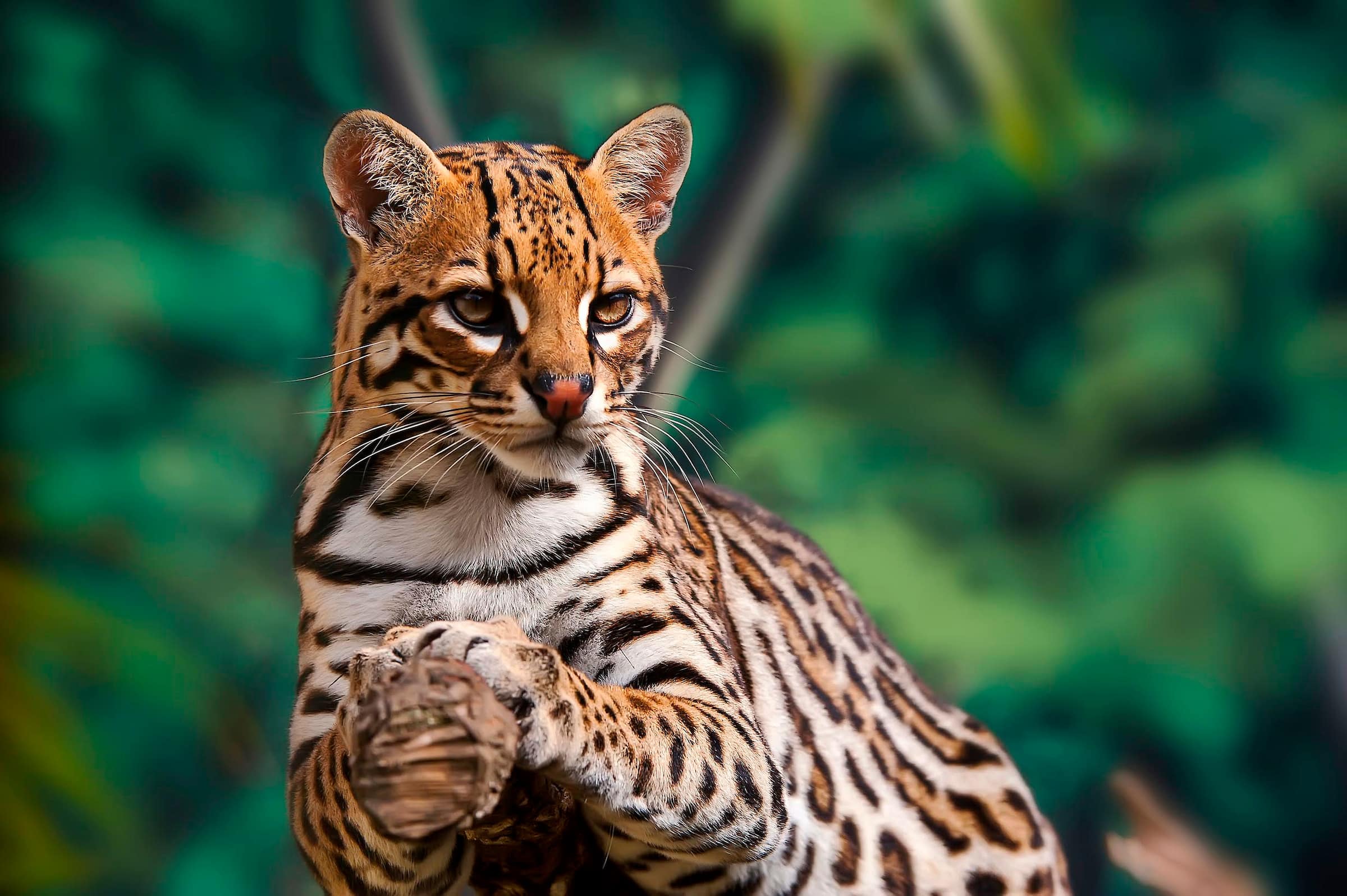
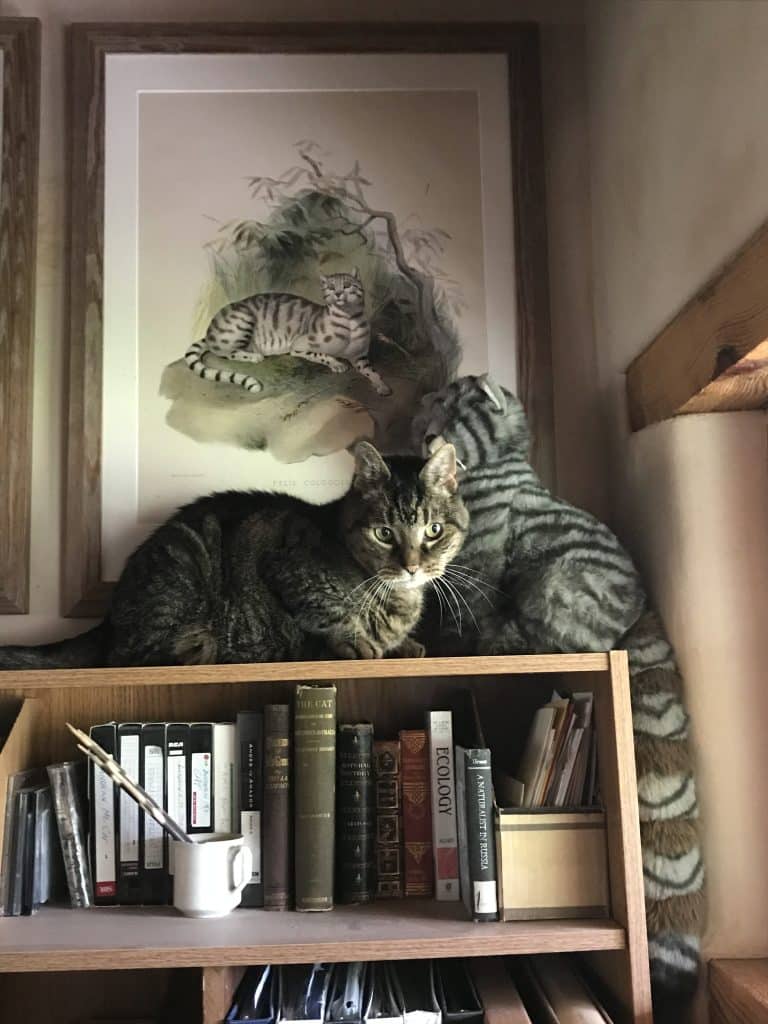
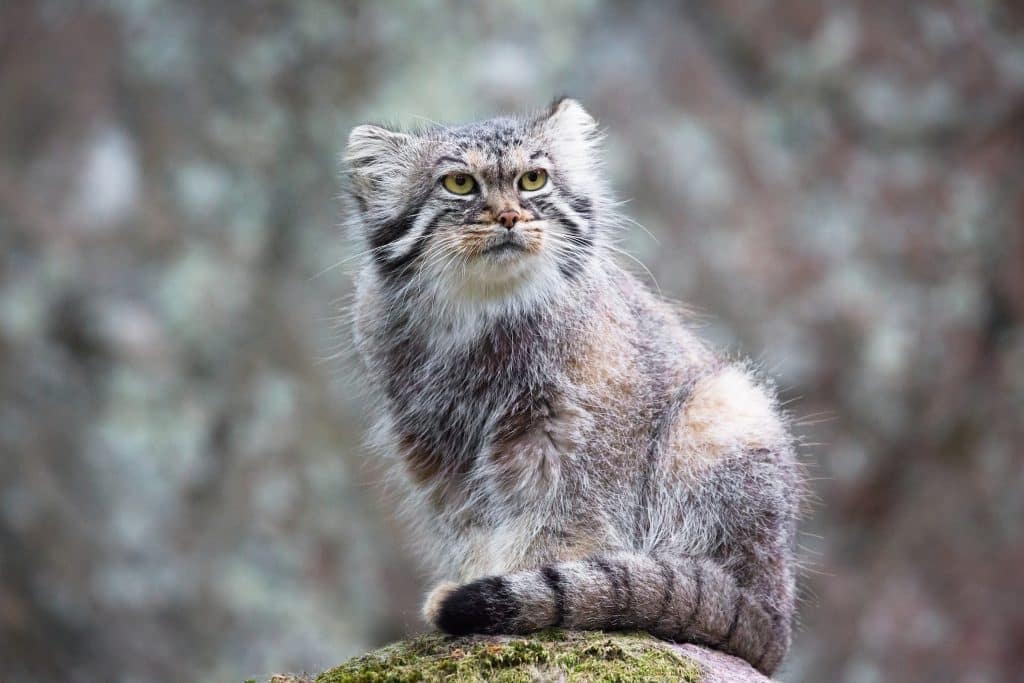
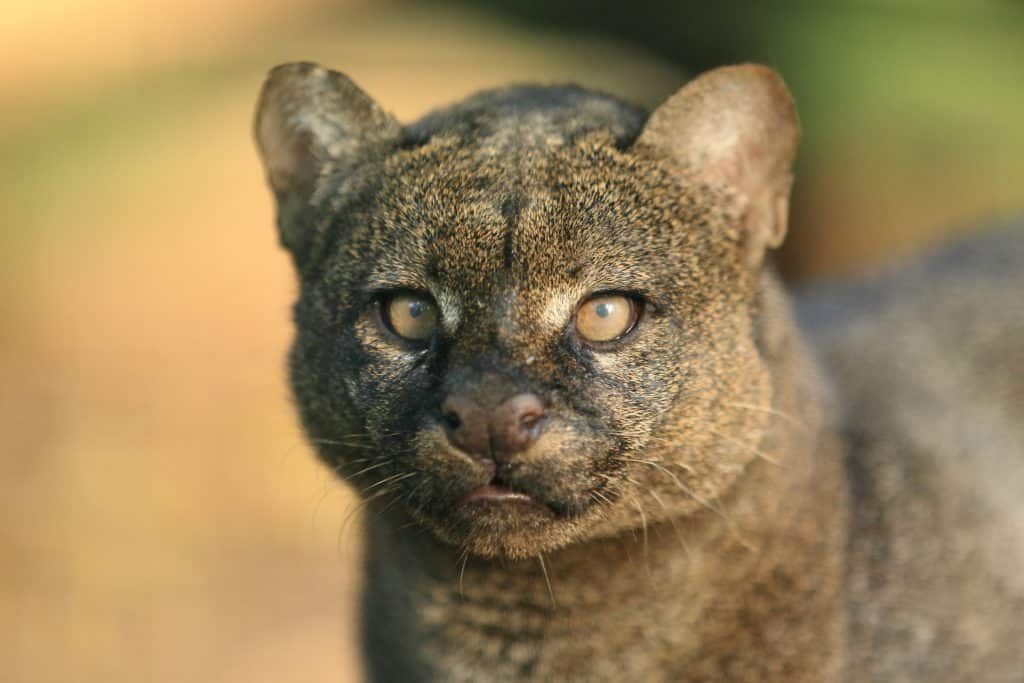
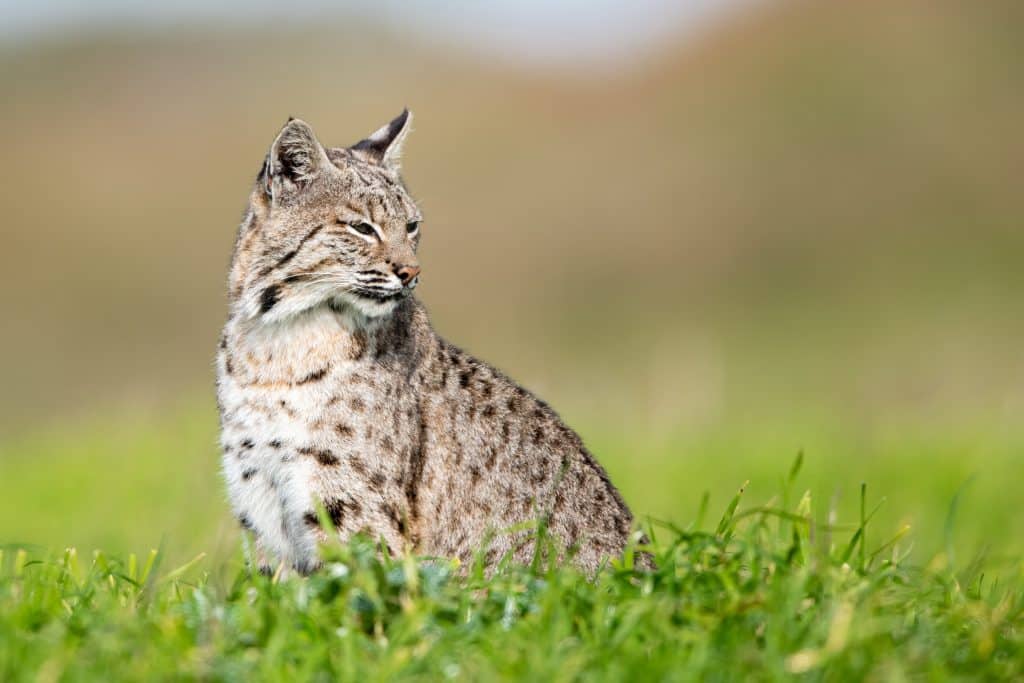
1 Comment